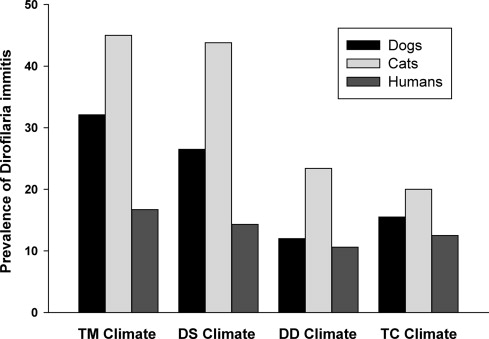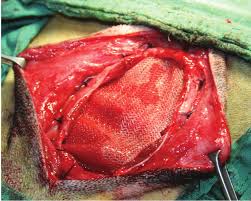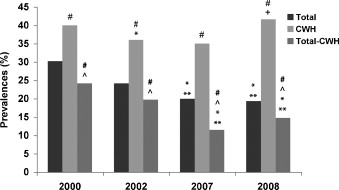Dirofilaria immitis infection in dogs: Cardiopulmonary biomarker levels
Veterinary Parasitology. Volume 176, Issue 4, 22 March 2011, Pages 313-316
Carretón, E., Corbera, J.A., Juste, M.C., Morchón, R., Simón, F., Montoya-Alonso, J.A.
Abstract
Cardiopulmonary biomarkers are biological parameters that can be objectively measured and quantified as indicators of pathogenic processes (heartworm disease) or as indicators of response to therapeutic intervention. To determine levels of cardiopulmonary biomarkers in canine dirofilariasis, measurements of cardiac troponin T, cardiac troponin I, myoglobin, and D-dimer concentrations were performed for dogs with and without evidence of adult heartworm infection. The results showed that levels of cardiac troponin T were undetectable in all dogs studied while levels of cardiac troponin I were higher in dogs infected with Dirofilaria immitis. In healthy dogs, levels of myoglobin and D-dimer were below detection limits of the instrument and were significantly higher in heartworm-infected dogs, notably in microfilaremic dogs. The results suggest the possibility of using troponin I and myoglobin as markers for cardiac damage and the D-dimer as a supportive tool for a diagnosis of pulmonary thromboembolism in dogs with cardiopulmonary dirofilariasis.






